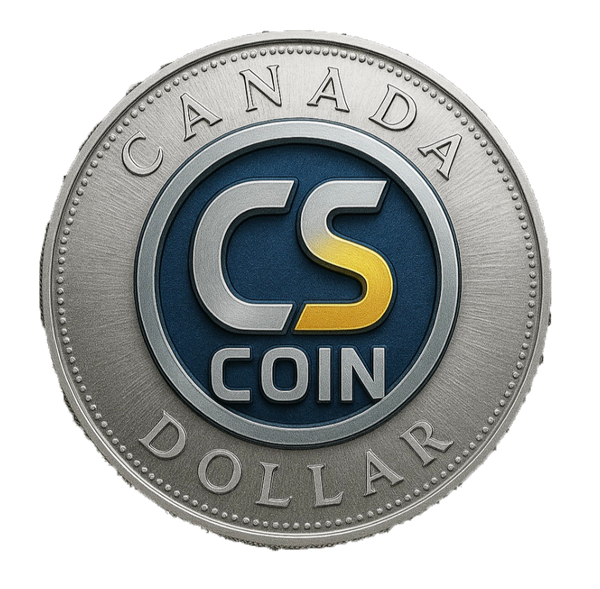United States Five Dollar Banknotes
-
1862-1917
Shop 1862-1917Early $5 Legal Tender notes were large and beautifully engraved, often featuring classical allegories or portraits of founding fathers. Popular examples include the 1869 Rainbow Note and the 1880 series. These notes were printed with red seals and bore the phrase “United States Note.” Their size and intricate detail make them highly collectible.
-
1886-1923
Shop 1886-1923Silver Certificates in this denomination promised payment in silver dollars and included prominent figures like Ulysses S. Grant and Native American Chief Running Antelope. The 1899 “Chief Note” is especially admired for its striking portrait and detailed borders. These notes used blue Treasury seals and are larger than today’s currency. Collectors prize these for both historical and cultural significance.
-
1928-1963
Shop 1928-1963Small-size red-seal $5 notes featured a portrait of Abraham Lincoln and were printed alongside silver certificates and Federal Reserve Notes. These United States Notes differed by their red seals and serials, and some versions include “Will Pay to the Bearer on Demand.” Used interchangeably with other types, they still represented a distinct legal structure. They remain a favorite among beginning collectors.
-
1953-1963
Shop 1953-1963The $5 Silver Certificate saw limited issue in the small-size format and continued using the blue seal. These retained Lincoln’s portrait and were backed by silver held by the U.S. Treasury. While common in circulation at the time, they were phased out in the 1960s. Today they offer an affordable entry into historical U.S. currency.
-
1934-Present
Shop 1934-PresentThe green-seal $5 bills have seen various redesigns over the years, all featuring Abraham Lincoln. Security features like watermarks, microprinting, and color were added starting in the 2000s. The modern notes also use subtle background hues like purple and gray to fight counterfeiting. Despite changes, the $5 bill remains one of the most recognized denominations in daily use.
